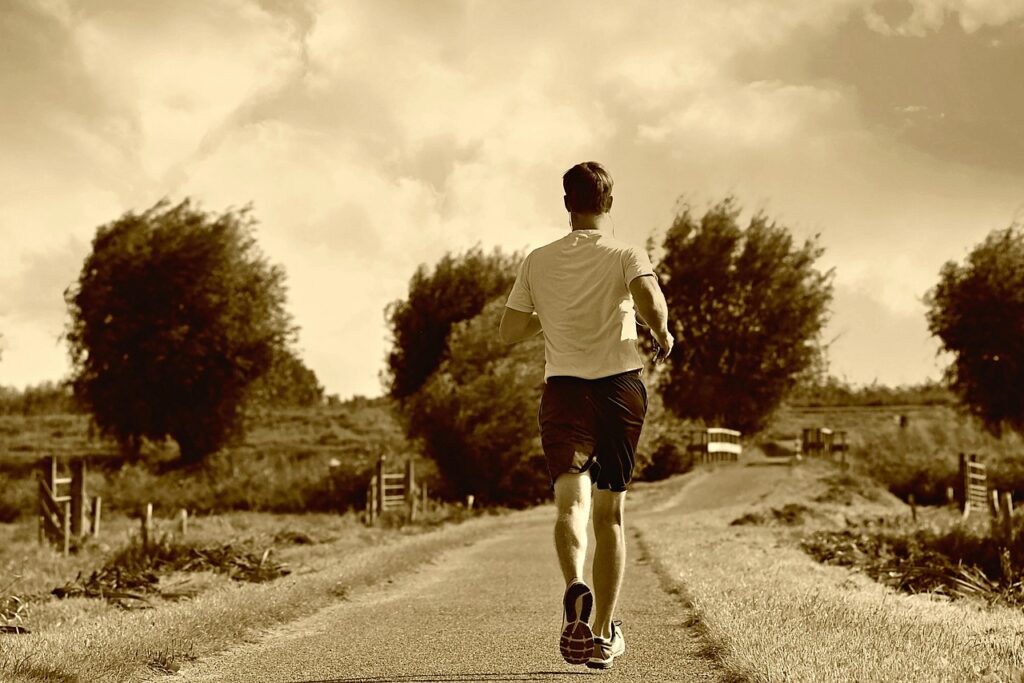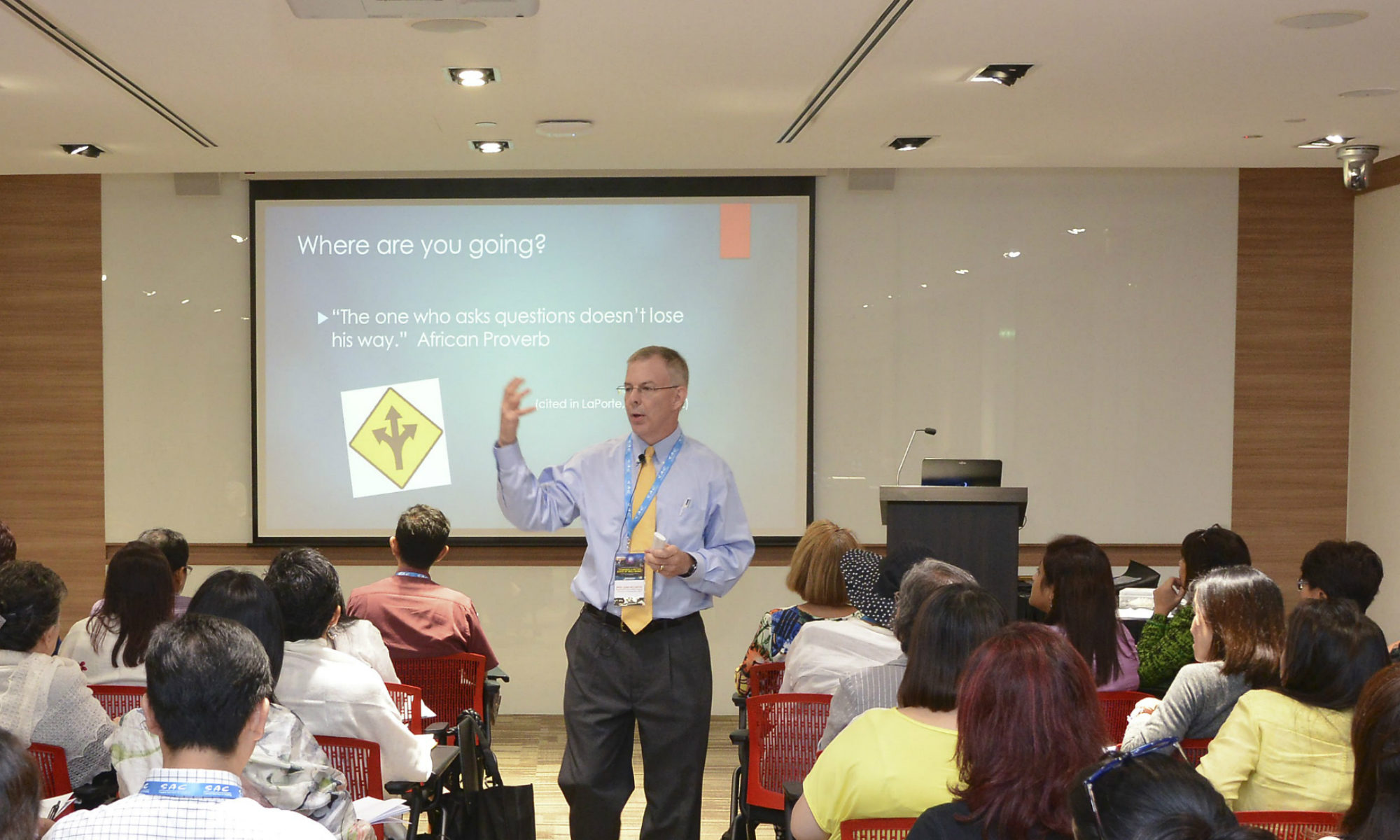Imagine the chance to interview Spyridon Louis, the winner of the men’s marathon in the first modern Olympic games.
Based on Klein’s (2021) article about the race, I have my questions ready:

Had you met Michael Bréal, the French linguist who proposed the marathon for the 1896 Games?
How did a Greek farmer like yourself train for such a long race?
What was the running weather like on that early April afternoon?
Just why did you stop to eat an egg and drink some wine along the route?
What was it like to finish the 24.8-mile trek in the stadium in Athens, Greece—your home country—before 80,000 fans?
How many of the 16 other starters crossed the finish line?
The original third-place finisher was disqualified for getting a ride in a carriage for part of the race. Did you see this happen?
You were a national hero at age 23 and chose to return to the farm. Why did you not run another marathon?
And perhaps the most important question: What do you think of the evolution of the marathon, now roughly 26.2 miles, and other competitive races in 2024?
After all, races have adapted in all kinds of ways.
In his handbook on creative thinking techniques, Michalko (2006) highlighted SCAMPER, a seven-letter acronym to spark ideas. The “A” in SCAMPER—adaptation—involves the process of becoming familiar with others’ ideas. As Edison pointed out, “Make it a habit to keep on the lookout for novel and interesting ideas that others have used successfully” (Michalko, p. 84). Among the things that can be adapted for creative use include processes, contexts, behaviors, and materials.
The adaptation in running races is striking, and it starts with themes. It is easy to find holiday-based races, including Thanksgiving, Christmas, and Valentine’s Day. When it comes to food, one of the more creative runs is the Krispy Kreme Challenge, a race that starts on the North Carolina State University campus before moving to the nearest Krispy Kreme where runners try to consume a dozen donuts prior to the final 2.5-mile stretch to the finish line. The annual event has raised over $2 million for the North Carolina Children’s Hospital since 2004 with over a million donuts being eaten in that time.
This race is not the only food-themed event. The Great American Bacon Race, found in various US cities, features a “‘Bacon Bash’ after-party” (what else?) at the end of the 5km course.
Hershey, PA, is known for chocolate, but in the running annals, the adaptation extended to a marathon under water. The HydroWorx Underwater Marathon was held with runners on underwater treadmills.
Adaptation in running is also seen in team-based events. Race enthusiasts can watch the Providence Hood & Portland to Coast Relays, as teams of 8-12 runners from throughout the world make their collective way to the Oregon coast every August.
Finally, a race that must be ranked high in creativity is the Course des Cafés, a competition in Paris that celebrates the tradition and pride in café service dating back to the 17th century (Treisman, 2024).
Roughly 200 people, mostly restaurant waiters, have the goal of walking (not running) 1.2 miles as quickly as possible while keeping a tray with a croissant, a glass of water, and a cup of coffee intact. Sneakers were permitted in the 2024 event, and an apron was required. Only one hand at a time could be used, and participants’ trays were judged at the finish line. An empty glass, for instance, resulted in a one-minute penalty. Many of them took 13-20 minutes to finish (Breeden, 2024).
Past races had a more formal dress attire with dress shoes being required. Some included the participants carrying wine, not water, on their trays, and a longer route that was over five miles in length (Breeden, 2024).
The 2024 race, held just months before the summer Olympic Games in the same city, exemplifies the innovative twists in racing. One can only wonder what Spyridon Louis would think.
References:
Breeden, A. (2024, March 24). Ready, set, garçon! Paris waiters race as storied contest returns. The New York Times. https://www.nytimes.com/2024/03/24/world/europe/paris-waiters-race.html
Galloway, L. (2013, March 7). High-heel racing for a cause. BBC. https://www.bbc.com/travel/article/20130304-high-heel-racing-for-a-cause
Klein, C. (2021, July 13). The Olympic marathon’s outlandish early history. History. https://www.history.com/news/the-olympic-marathons-outlandish-early-history
Michalko, M. (2006). Thinkertoys: A handbook of creative-thinking techniques. Ten Speed Press.
Treisman, R. (2024, March 24). Hurry up and wait: Servers speed-walk through Paris, reviving a century-old race. NPR. https://www.npr.org/2024/03/25/1240667647/paris-waiters-race-tradition-cafe-olympics
